Thousands of sexual assault lawsuits have been filed against ride-sharing company Uber in federal and state courts in the U.S.
The claims against Uber allege that the company failed to take necessary measures to protect riders from sexual harassment, sexual abuse, and sexual assault by its drivers.
Data shows that 12,522 sexual assaults were reported to Uber between 2017 and 2022.
- Uber faced over 12,500 reported sexual assaults by drivers between 2017-2022, prompting thousands of lawsuits nationwide.
- Lawsuits claim Uber's driver screening used unreliable name-based checks.
- Uber allegedly ignored and covered up numerous sexual assault reports, with an incident reported every eight minutes between 2017 and 2022.
- Uber delayed crucial safety features like mandatory video recording and pairing passengers with female drivers.
- The first major trial begins December 8, potentially setting precedent for sexual assault settlements against Uber.
Uber is facing thousands of sexual assault lawsuits. Image credits: Smith Collection/Gado/Getty Images
Those figures are the latest to be publicly disclosed by Uber, which is currently facing more than 2,500 federal lawsuits in multidistrict litigation in California, in addition to several hundred related cases consolidated in a California state court.
“While there are, of course, no guarantees, plaintiffs argue that there is strong evidence to suggest that Uber Technologies is liable for its drivers’ sexual misconduct,” Nick Oberheiden, founding attorney of federal defense firm Oberheiden P.C, said.
“While it is likely that Uber sexual assault cases will still take time to resolve, there is reason to believe that settlement is a viable outcome for plaintiffs.”
The lawsuits allege that Uber failed to properly screen its drivers
A central issue in the lawsuits is Uber’s driver screening process.
Unlike some traditional taxi services that require fingerprint-based background checks, Uber has long relied on name-based checks carried out by third-party companies.
It is argued that this system is less reliable because it can miss records tied to aliases, incomplete databases, or errors in reporting.
The plaintiffs say that insufficient screening put rideshare passengers at risk and that the company should have done more to protect them.
Uber is facing allegations its screening process is insufficient. Image credits: Justin Sullivan/Getty Images
There are also allegations that the screening process allowed drivers with prior criminal histories or known misconduct to join the platform and continue picking up passengers.
Uber has defended its screening process, saying it reviews criminal and driving history and that it continually updates its background check systems.
The company has also said it conducts ongoing checks to flag new criminal charges.
But plaintiffs argue that Uber prioritized rapid expansion and driver growth over thorough vetting, leaving riders exposed to what they say are preventable risks.
Sexual assault allegations were ‘ignored and covered up’ by Uber
Uber is also facing allegations that it covered up and ignored reports of sexual assault and sexual misconduct by drivers who had been reported by passengers.
A recent New York Times investigation found that on average, between 2017 and 2022, Uber received a report of sexual assault or sexual misconduct every eight minutes.
Those figures, obtained through sealed court records, show higher levels than the company has acknowledged publicly, with documents revealing 400,181 reports were made between 2017 and 2022.
Plaintiffs argue Uber ignored complaints made against drivers. Image credits: Photo by Dan Gold on Unsplash
Uber said the vast majority of those figures were less serious and non-physical in nature, so did not fall into the category of sexual assault.
Examples include comments about someone’s appearance, flirting, staring, or inappropriate language.
Uber has also claimed that most of those reports have not been rigorously vetted like the 12,522 it publicly disclosed.
“That process accounts for incorrect and mistakenly categorized reports, as well as false reports submitted with the goal of getting a refund, which unfortunately does happen,” Hannah Nilles, Uber’s Head of Safety for the Americas, said.
Hannah Nilles defended Uber’s disclosure system. Image credits: Hannah Nilles/LinkedIn
The rideshare company only publicly releases sexual assault data that falls into five categories, described by the company as the most serious.
According to TheNew York Times, those categories do not include misconduct such as masturbation or threats of sexual violence.
Nilles said the categories it does not publicly disclose are “more subjective, often less detailed, and harder to consistently categorize.”
Adequate safety measures ‘were not implemented’ by the company
Other allegations made in the lawsuits include claims that Uber failed to implement safety measures that were necessary to protect passengers.
Court documents and employee interviews show that Uber deprioritized mandatory video recording, female passenger pairing, and other proven safety measures.
While it does use an internal tool called Safety Risk Assessed Dispatch to make better matches between riders and drivers, this tool does not flag drivers branded as “high risk.”
“Unilaterally blocking certain types of trips that the technology may consider more risky, like all requests from bars late at night, would leave many people stranded on the street, encouraging them to drive drunk or walk home unsafely. Instead, we seek to prioritize better matches to reduce overall risk,” Nilles said.
Plaintiffs say there should have been mandatory video recording. Image credits: Smith Collection/Gado/Getty Images
Delays in implementing safety measures have been cited as contributing factors in the assaults that occurred.
In the U.S., Uber drivers are considered independent contractors, not employees. This distinction is central to the argument made by Uber that it is not liable for the actions of drivers.
Lawsuits further allege that Uber breached its contract with riders by failing to protect them, with passengers arguing the company was obligated to implement safety measures that would reasonably prevent drivers from sexually assaulting passengers.
They believe that Uber fell short of this obligation, and this entitles them to seek compensation.
Plaintiffs have also argued that Uber profited off of rider safety fees while failing to implement sufficient measures to protect passengers.
The first bellwether trial is scheduled for December
The federal lawsuits, formally called Uber Sexual Assault MDL, remain in the early stages and numbers continue to grow as more victims come forward with cases.
It was first centralized before District Judge Charles Breyer in the U.S. District Court for the Northern District of California in October 2023.
The first bellwether trial in the MDL is scheduled to be heard on December 8 and involves an Arizona woman called Dean.
Dean alleges that Uber received multiple complaints about a driver, including reports of lewd comments and sexual touching, who then went on to rape her.
The first trial is scheduled to be heard in December. Image credits: Smith Collection/Gado/Getty Images
She says that she was not warned by Uber, which allegedly allowed the driver to continue working despite those complaints.
Legal experts say that a strong verdict in Dean’s case could shape sexual assault settlement values across the board.
Uber says that the court cases it is currently engaged in are the result of the company being one of the first to waive mandatory arbitration for individual claims of sexual misconduct.
“We understood at the time that taking such a step could open the door to mass lawsuits,” Nilles said.
“We still feel strongly it was the right thing to do, because we wanted to give survivors control over how they pursue their claims—whether privately in mediation or arbitration, or publicly in open court.
“All of the plaintiffs in this case chose open court. Just as plaintiffs have a right to make their case, the defense has a right to investigate and respond to those claims,” Nilles added.



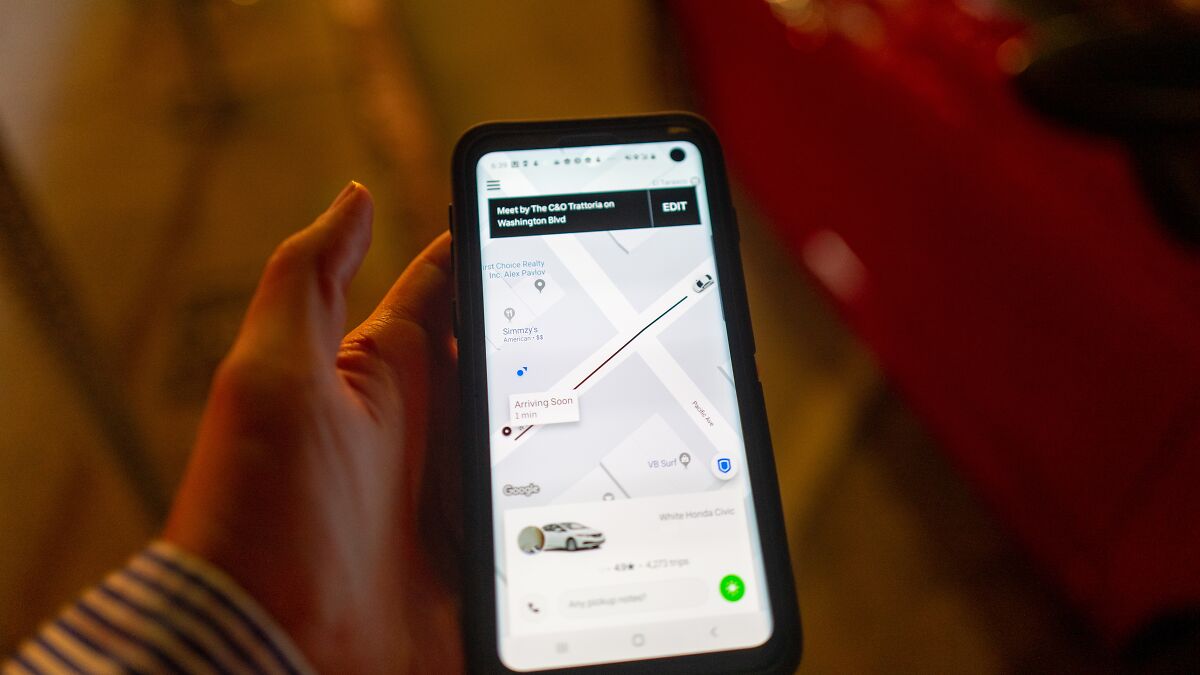
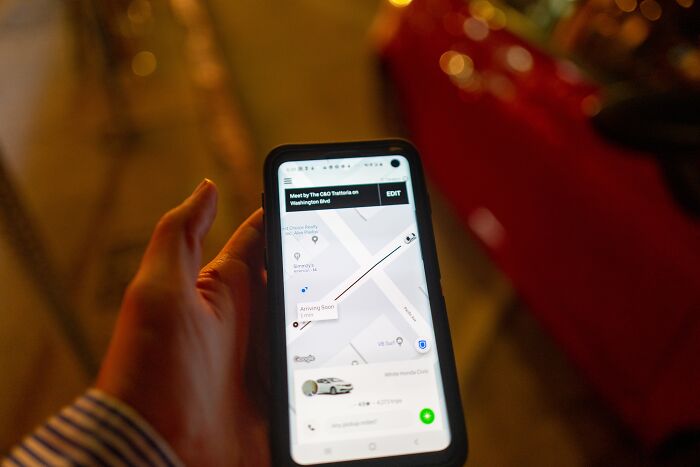
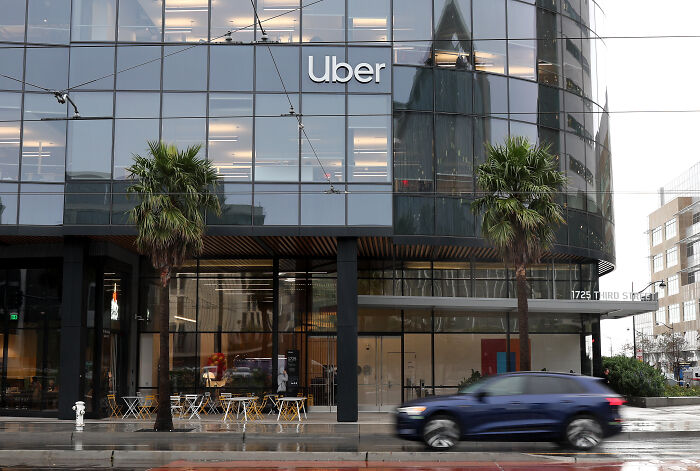
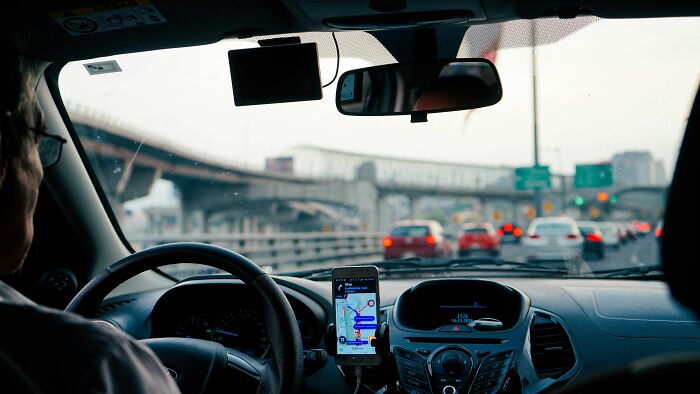

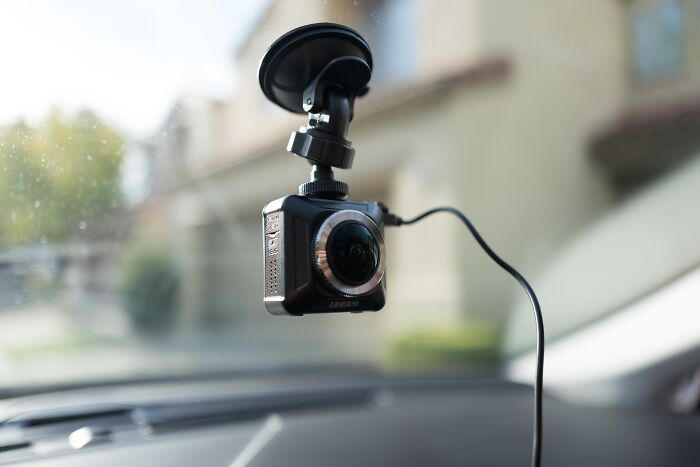
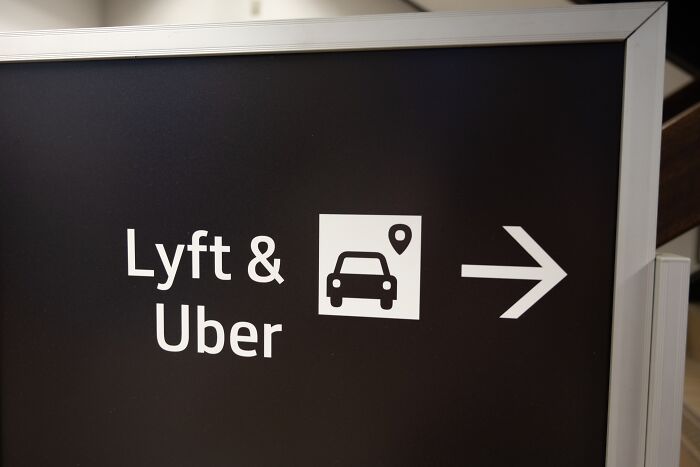



15
0